Bisj poles exhibition - Tropenmuseum
november 3 2007 - april 14 2008
|
Video by Rapenburg Plaza (Rapenburgplaza.nl)
Never before have so many bisj poles been assembled in one exhibition. Of the poles exhibited, 14 are from the Tropenmuseum collection, 37 are from the Wereldmuseum Rotterdam, 6 are from the National Museum of Ethnology in Leiden and 1 is from a private collector. Some of them are approximately 75 years old, and are therefore the oldest known bisj poles outside of New Guinea. The poles average 7 meters in length, with the longest being more than 12 meters. Each pole has its own powers of expression and symbolism, and every sculpture mirrors the world view of the Asmat. The exhibition offers a place for stories from various perspectives: from that of the Asmat, from the anthropological perspective and from the collection-history perspective. The exhibition design by Kossmann en de Jong Exhibition Architects brings the stories and images to life in an exciting interplay of film, sound and light. The bisj ceremonies originally had ties to headhunting. By beheading the enemy, the headhunter could gather life force for himself and his community. Bisj poles played a central role in the festivities leading up to the ritual hunts. Headhunting is now a thing of the past, but ancestor worship among the Asmat continues today, and is still coupled with bisj poles. Source: Tropenmuseum 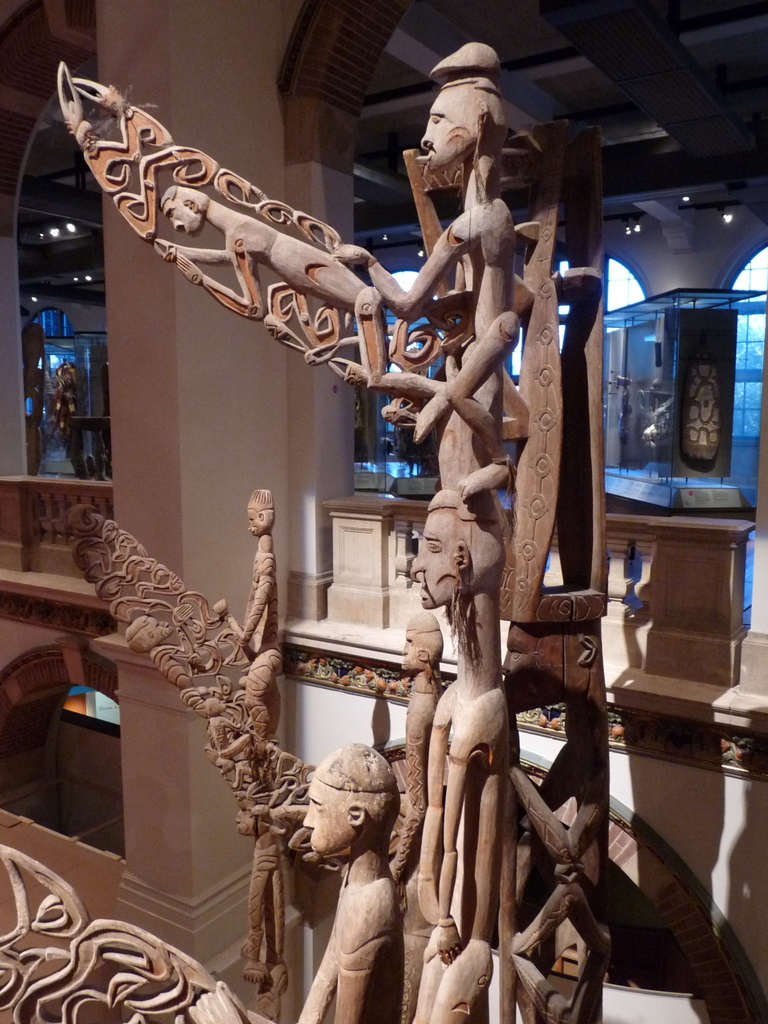
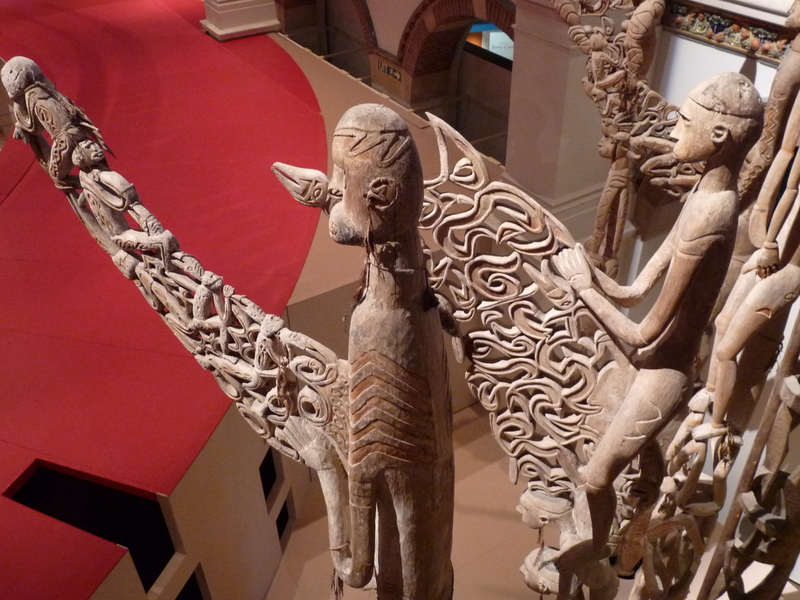
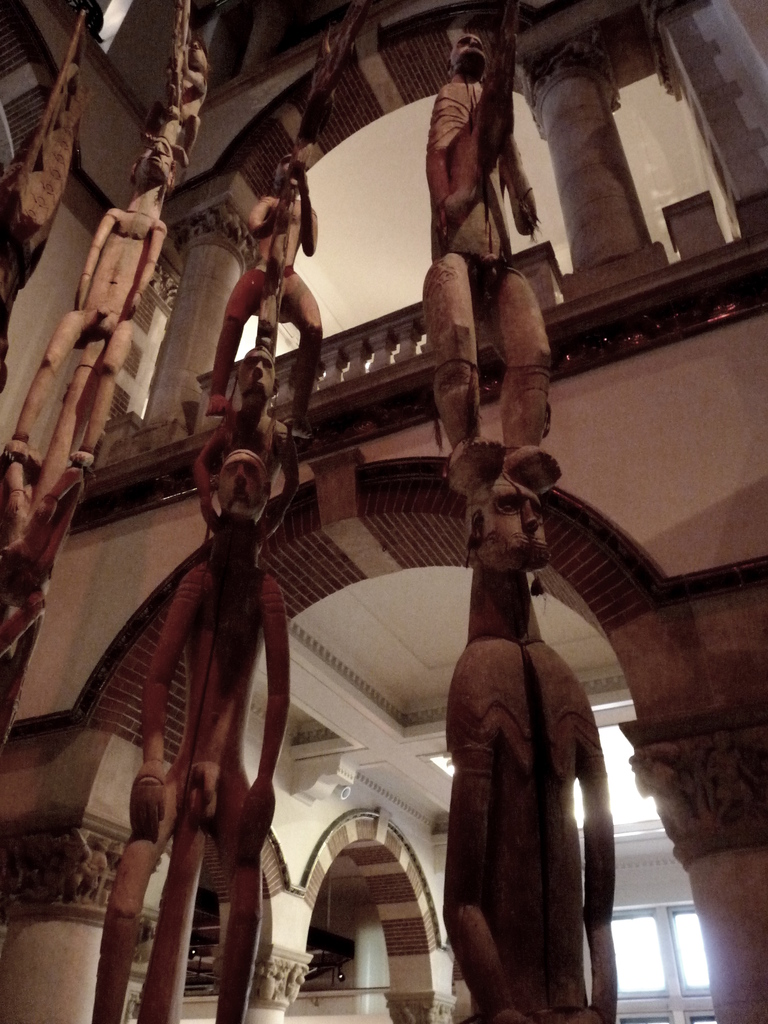
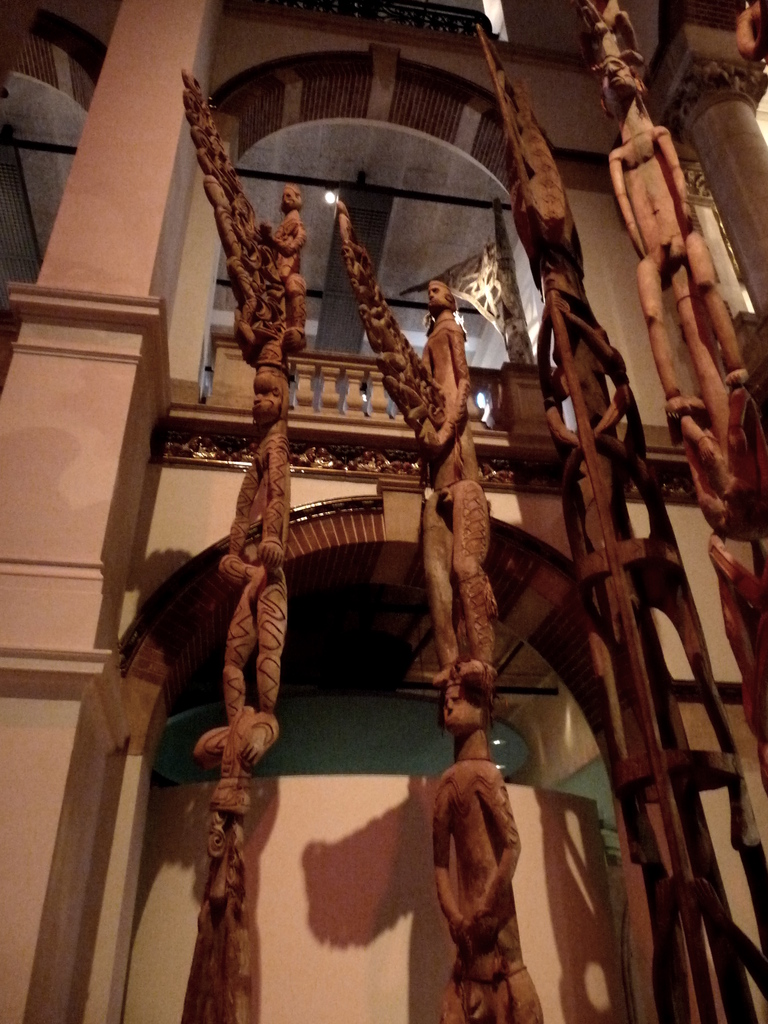
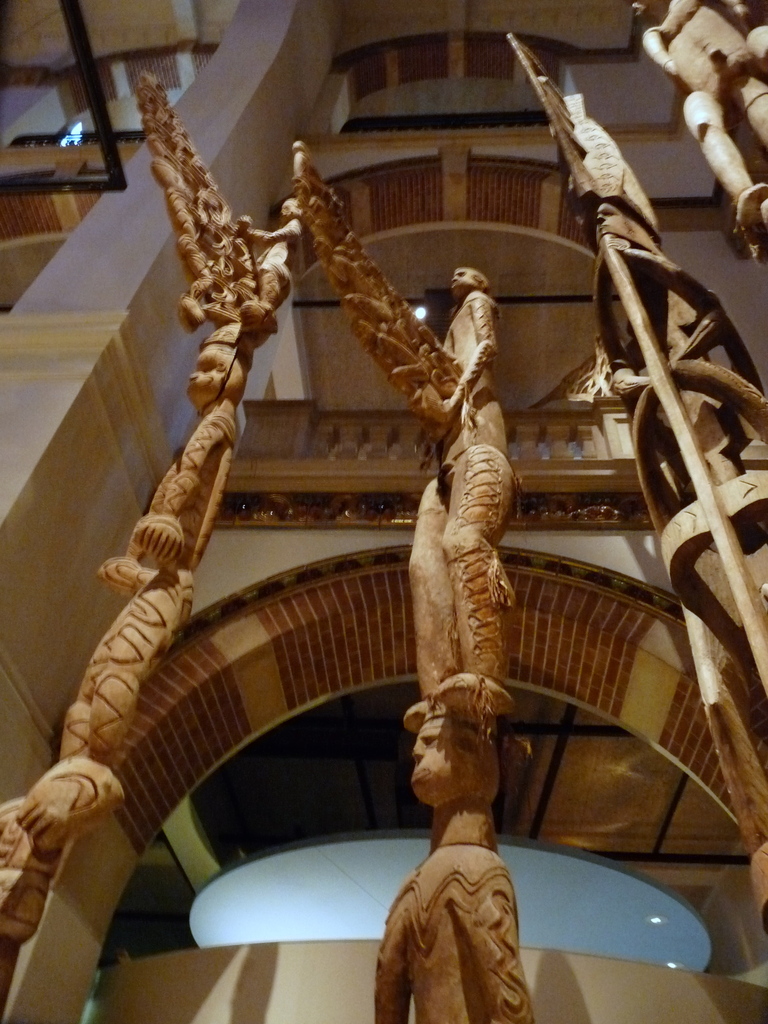
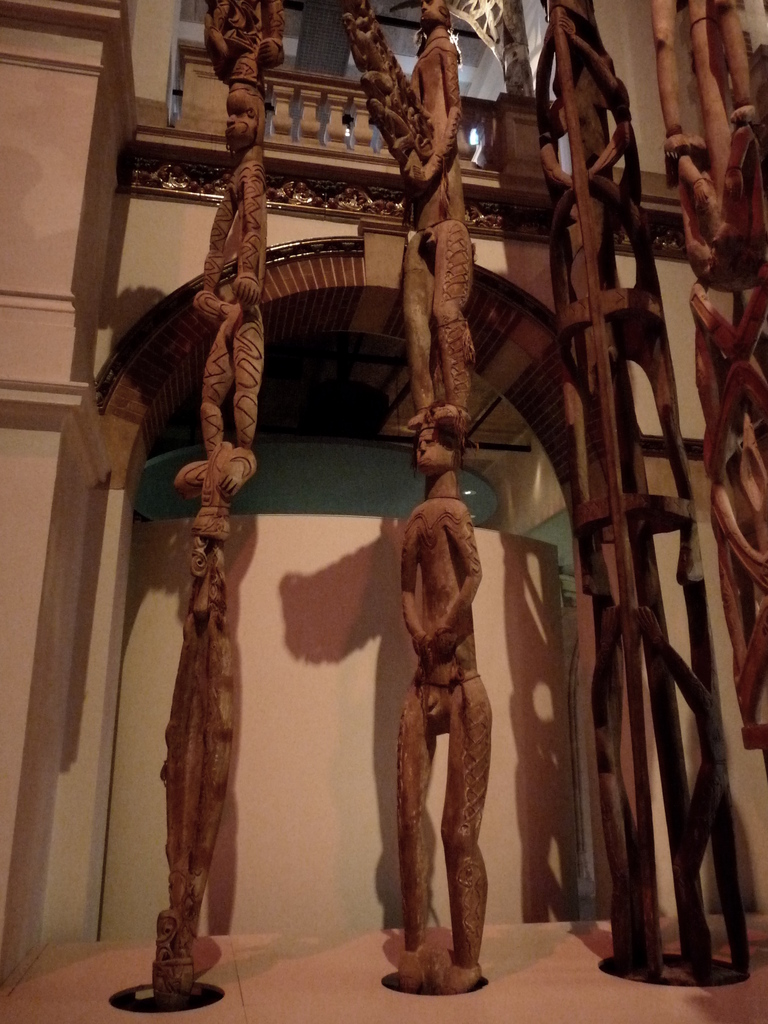
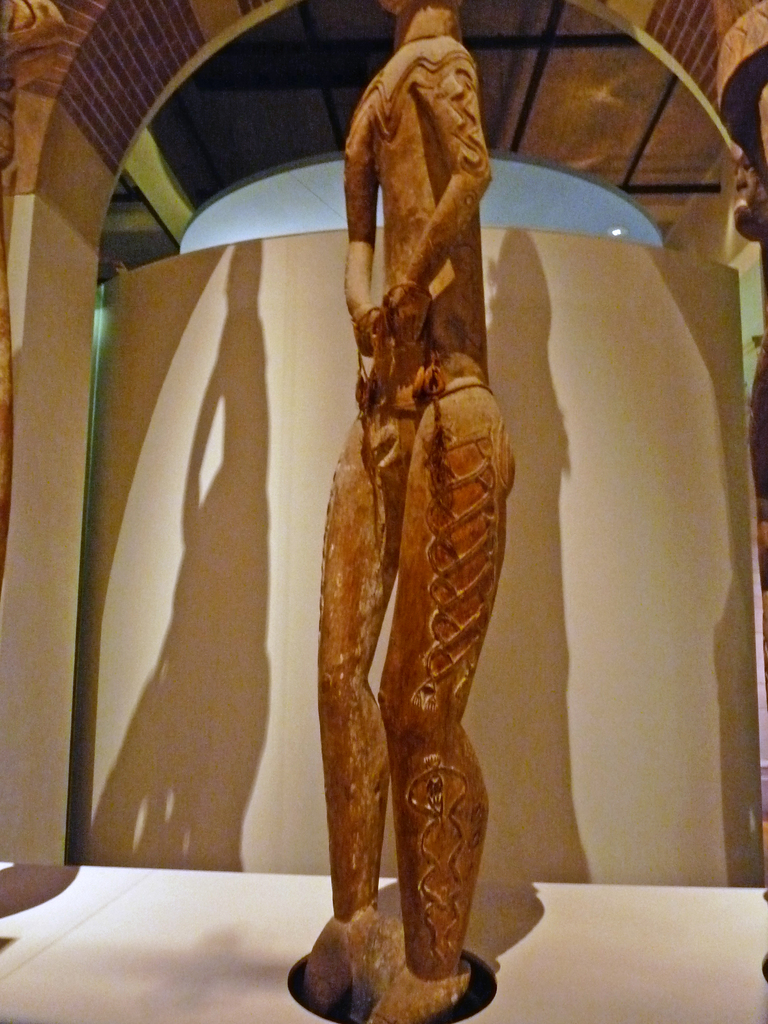
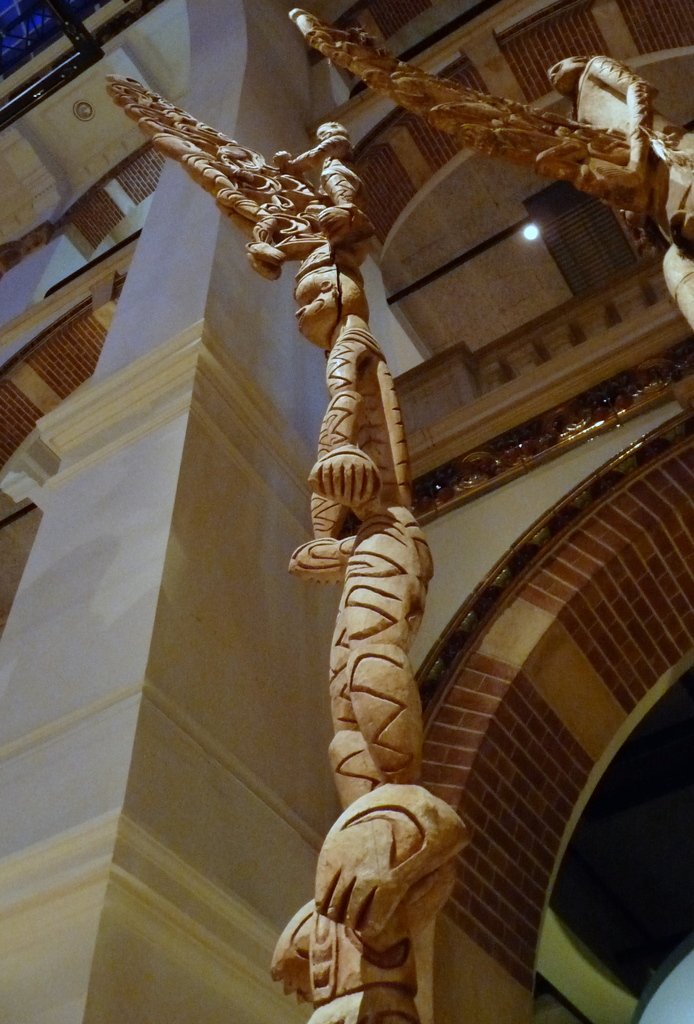
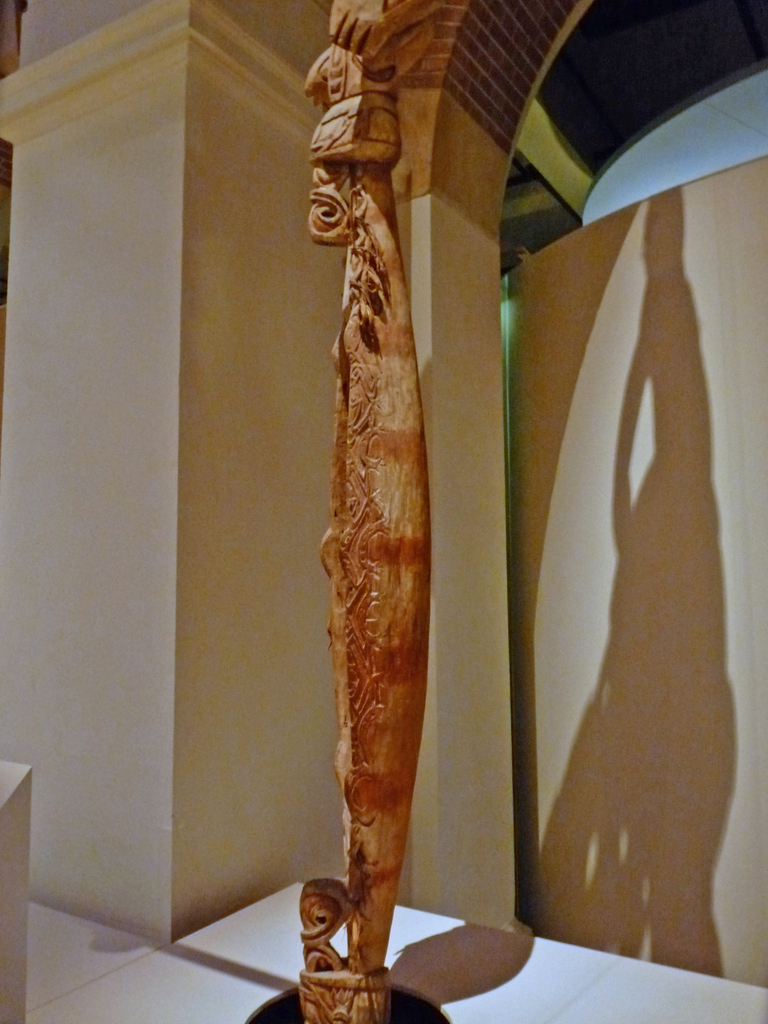
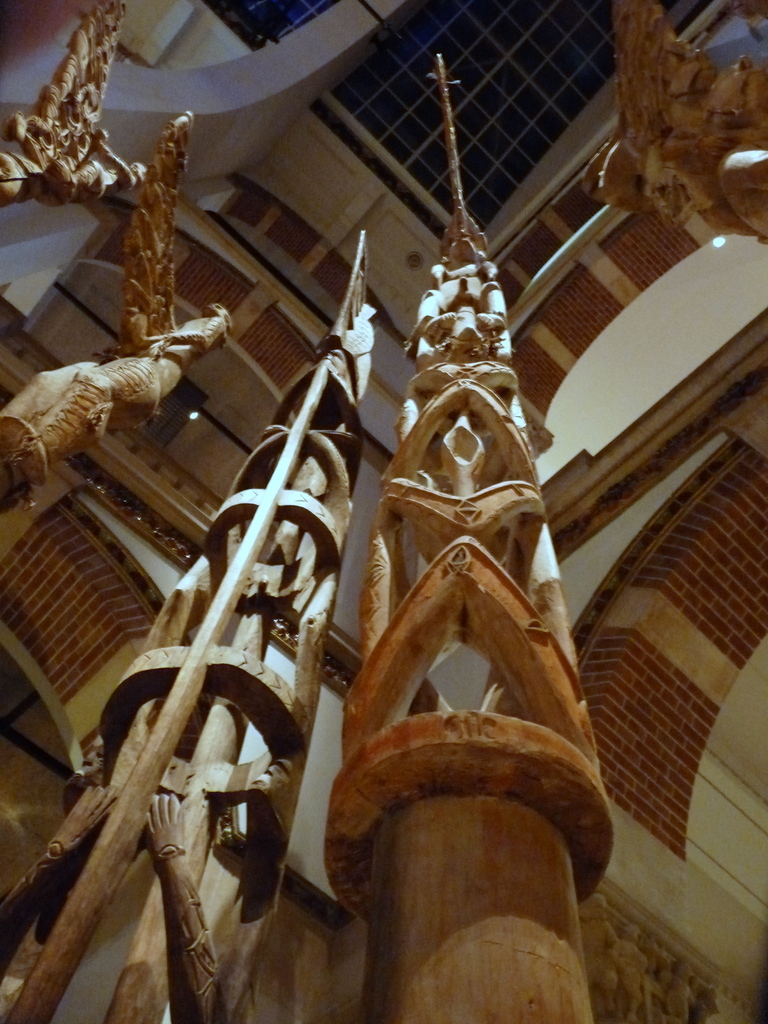
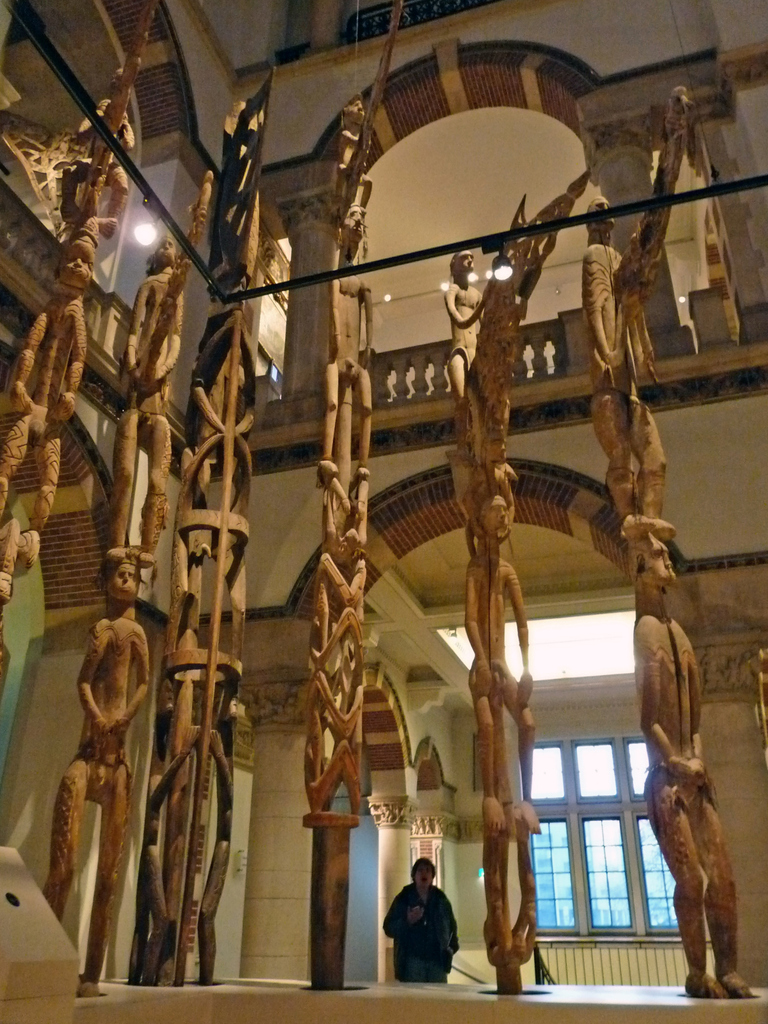
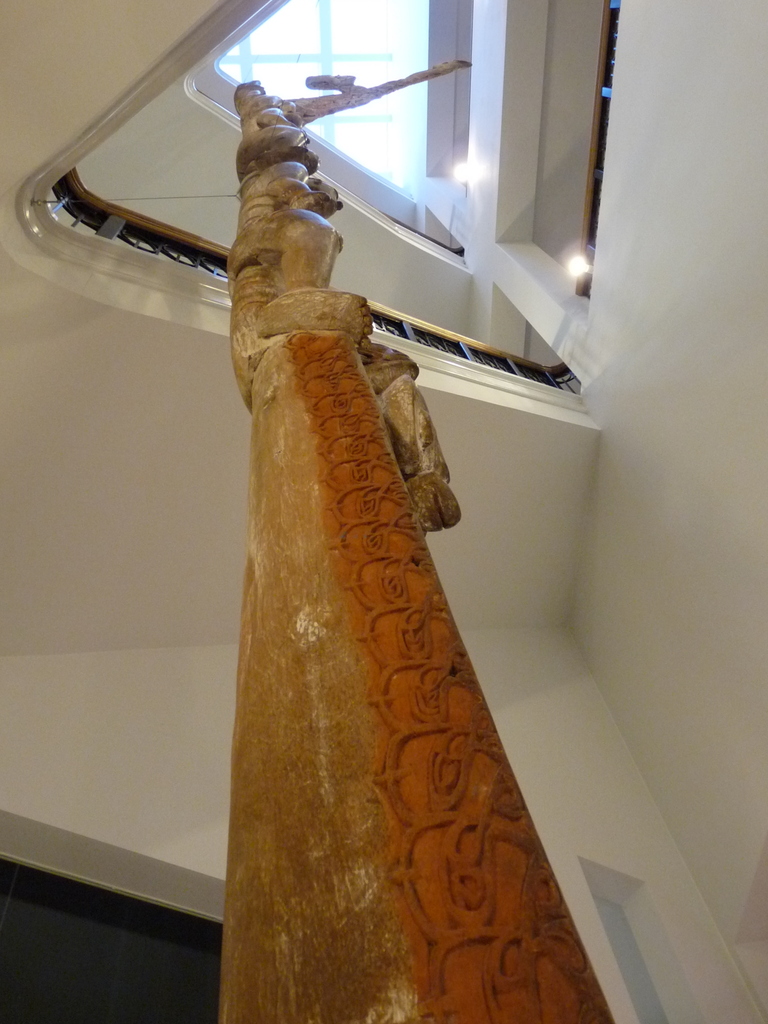
Ook opgenomen in de tentoonstelling van het Tropenmuseum was deze bisjpaal, hier echter gefotografeerd op zijn vaste locatie in het Wereldmuseum te Rotterdam.
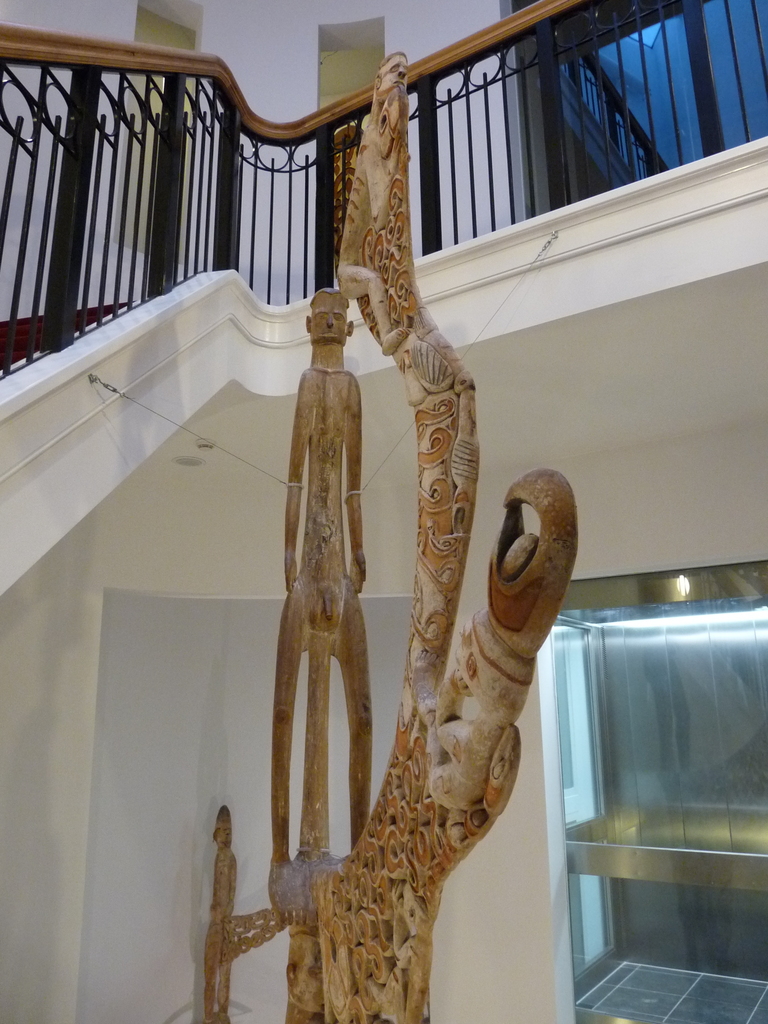

RED - Tropenmuseum november 5 2010 - august 1 2011 Red is one of the most important colours in almost every culture and has many meanings. Visitors will see Armando and Constant alongside masks from Oceania and a statue of
Lenin juxtaposed with a Chinese bridal gown. Over three hundred objects, including ethnographic artefacts and modern art, will arouse all the senses.
The colour red is what gives all these objects their power and significance.
Tropenmuseum
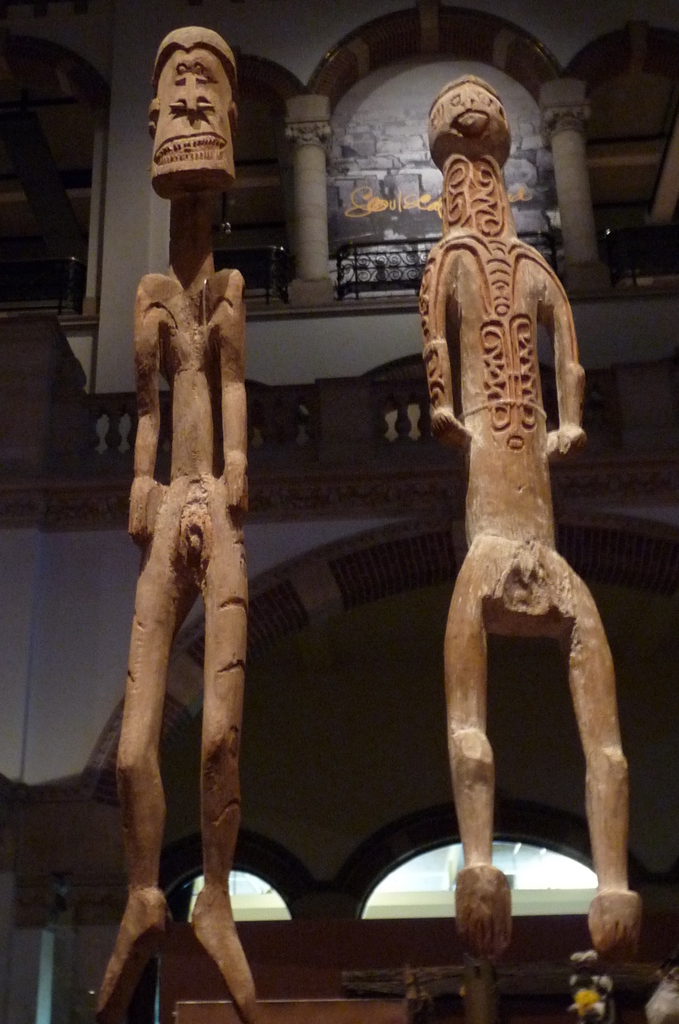
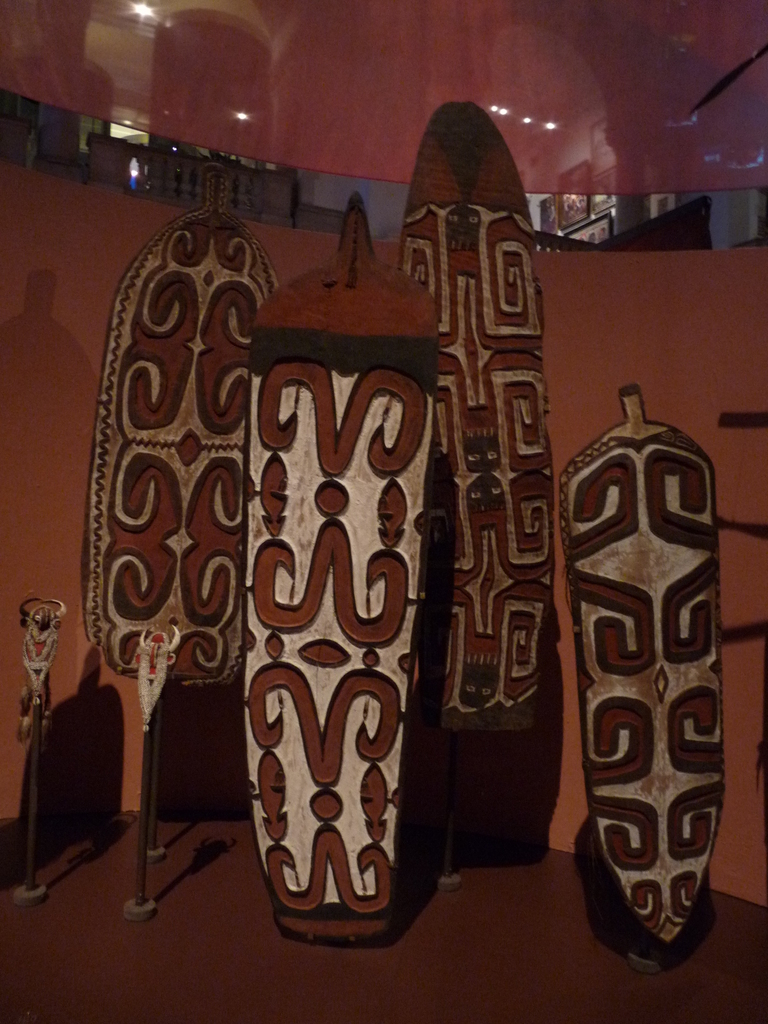
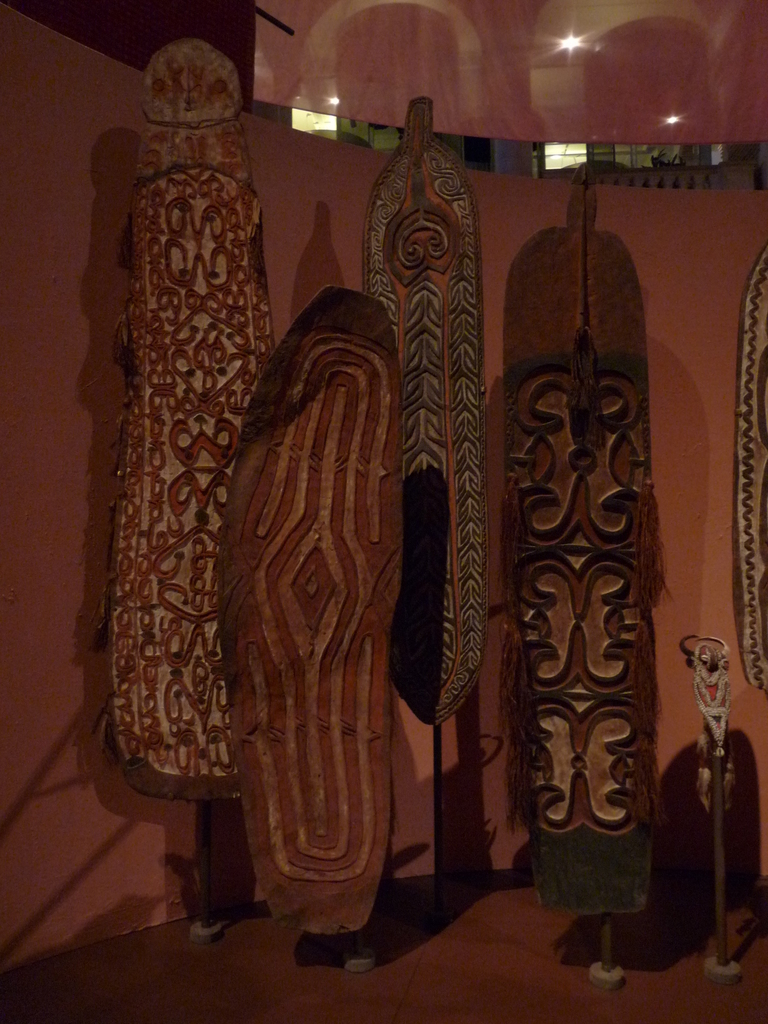
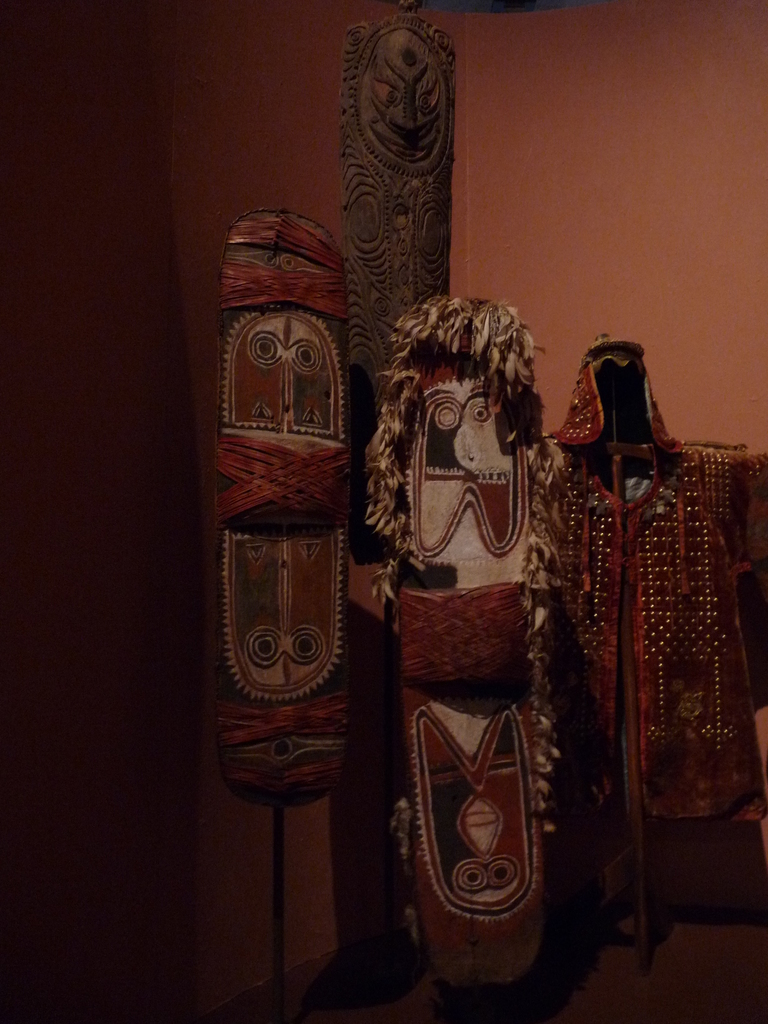
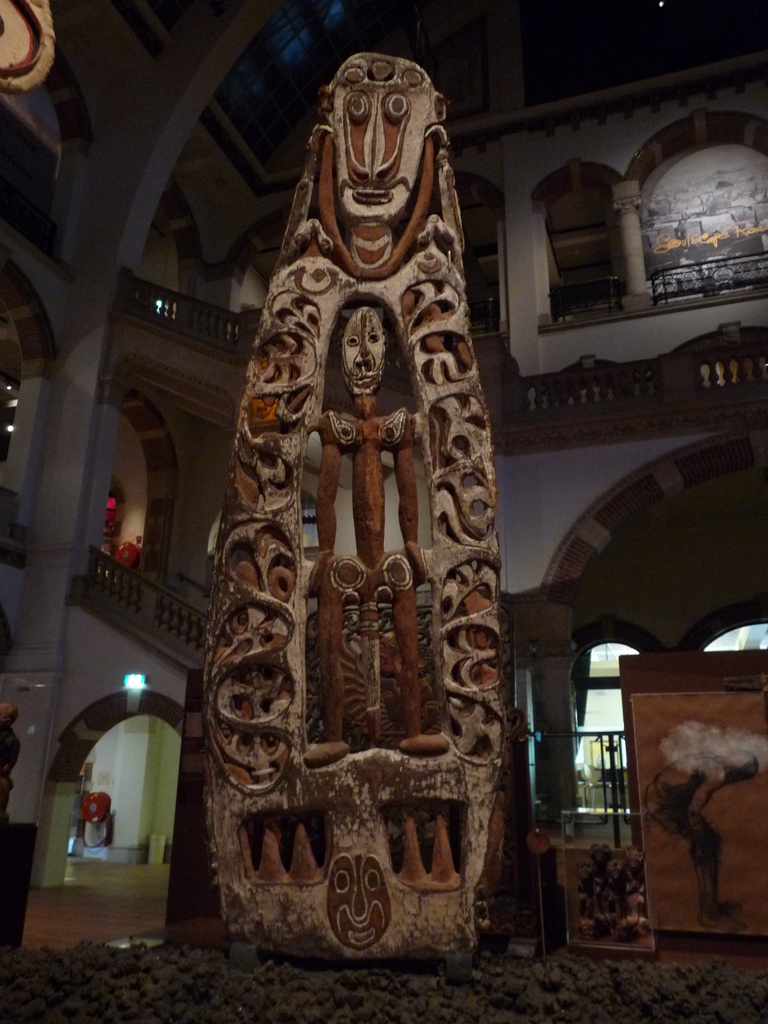
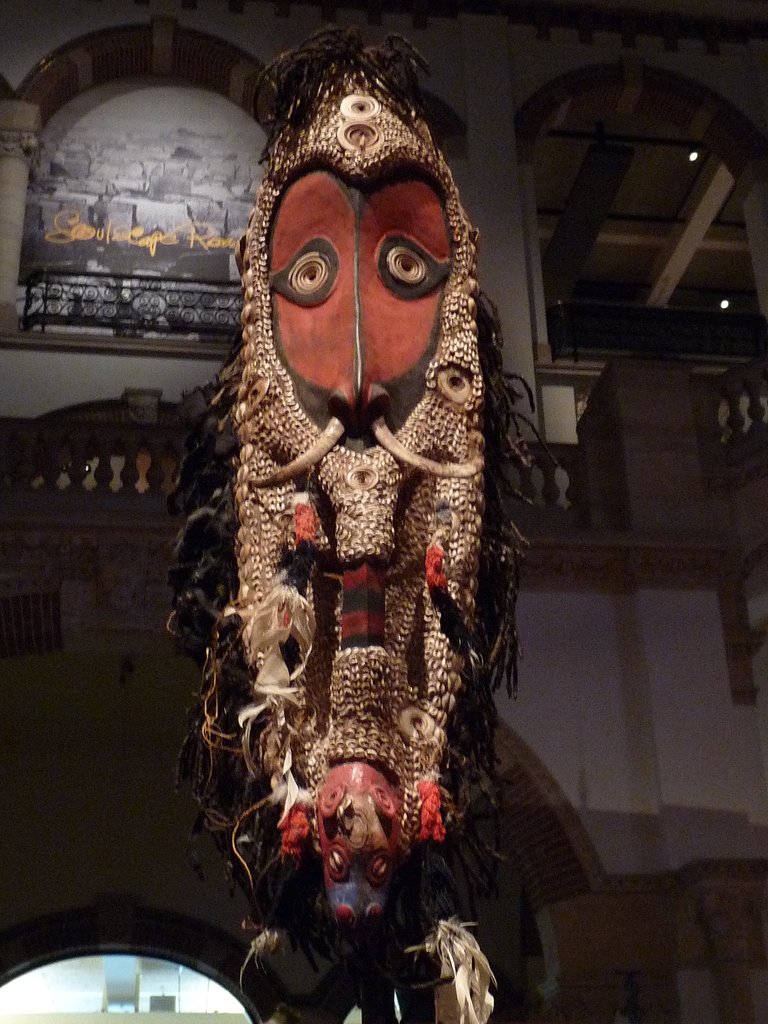
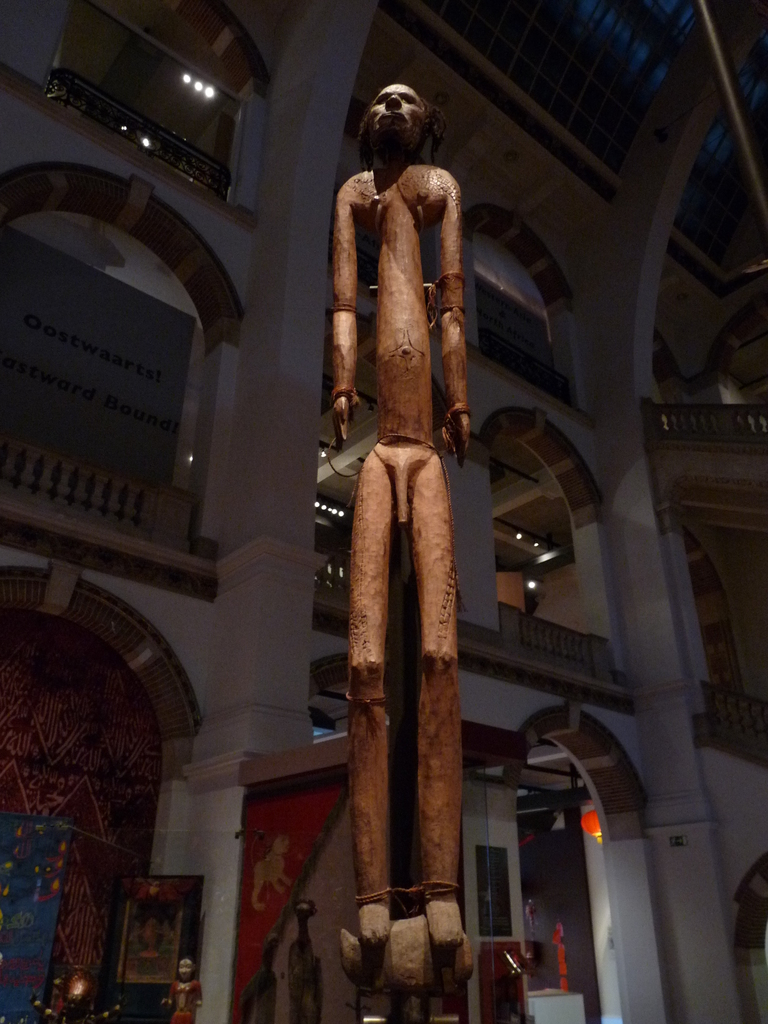
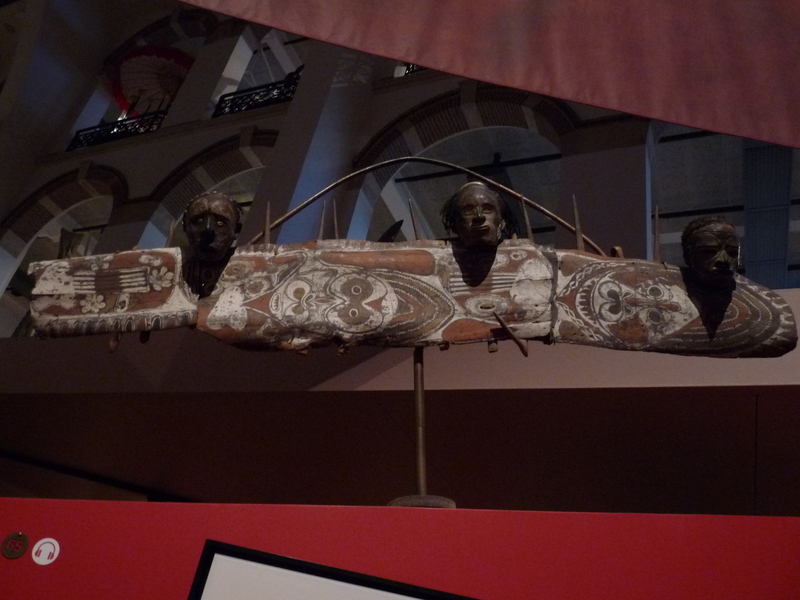

|
Websites:
Stichting Papua Erfgoed
Kunst uit MelanesiŽ (startpagina)
Tropenmuseum - OceaniŽ
Tropenmuseum - Tentoonstelling Bisjpalen
Rijksmuseum van Volkenkunde - OceaniŽ
Wereldmuseum - OceaniŽ
Amsterdam in Beeld
Stichting Papua Erfgoed
Kunst uit MelanesiŽ (startpagina)
Tropenmuseum - OceaniŽ
Tropenmuseum - Tentoonstelling Bisjpalen
Rijksmuseum van Volkenkunde - OceaniŽ
Wereldmuseum - OceaniŽ
Amsterdam in Beeld
